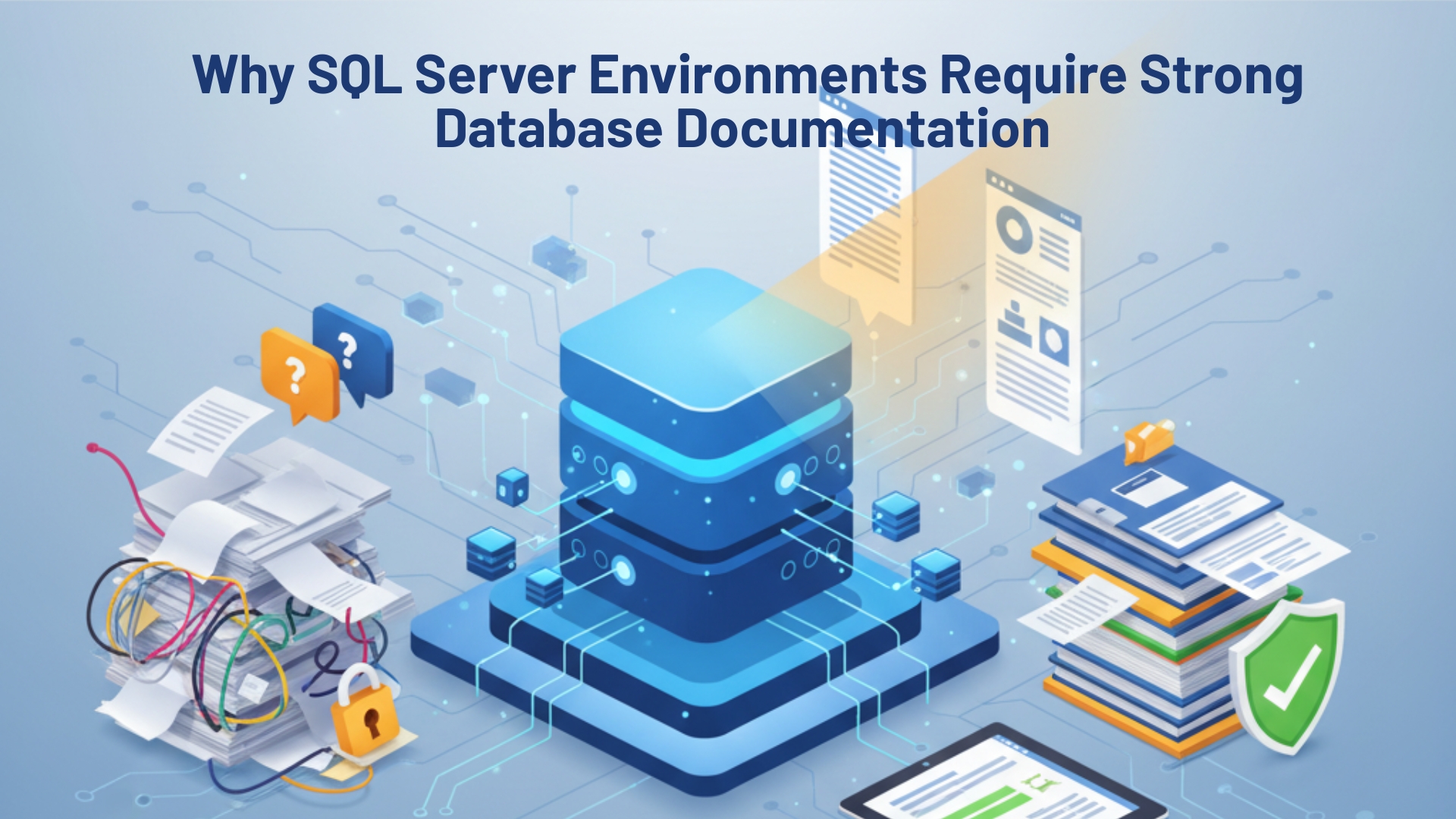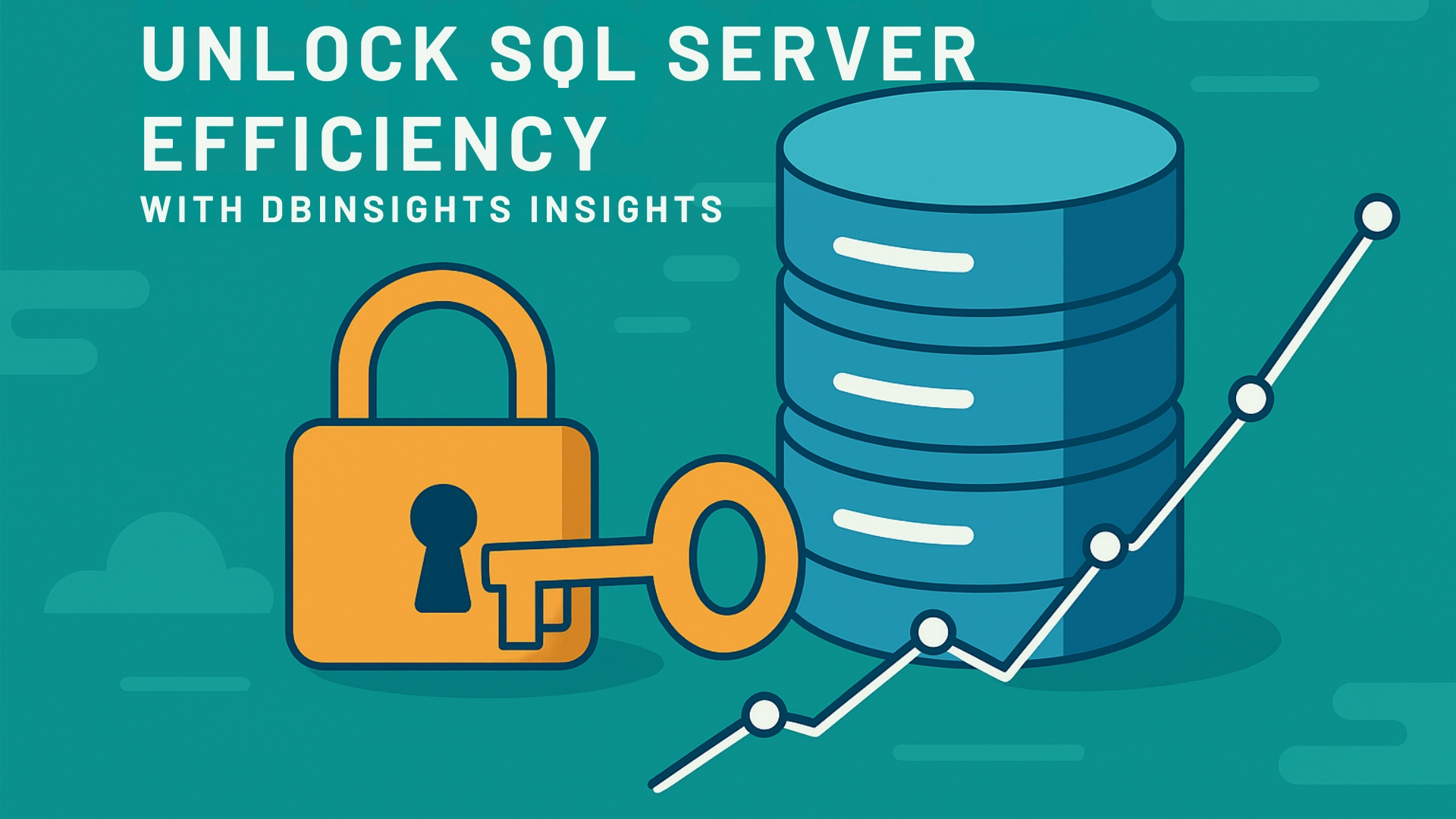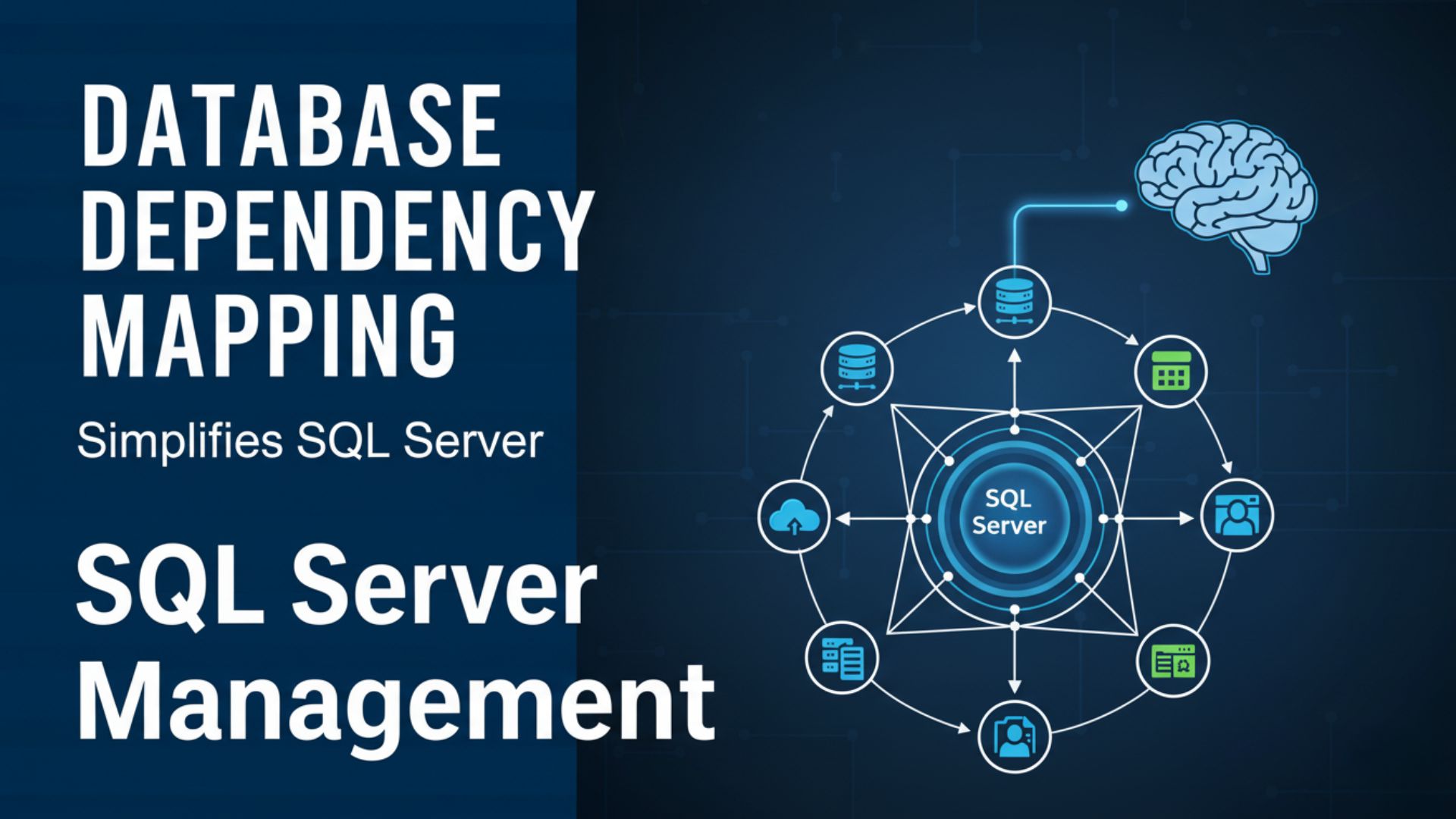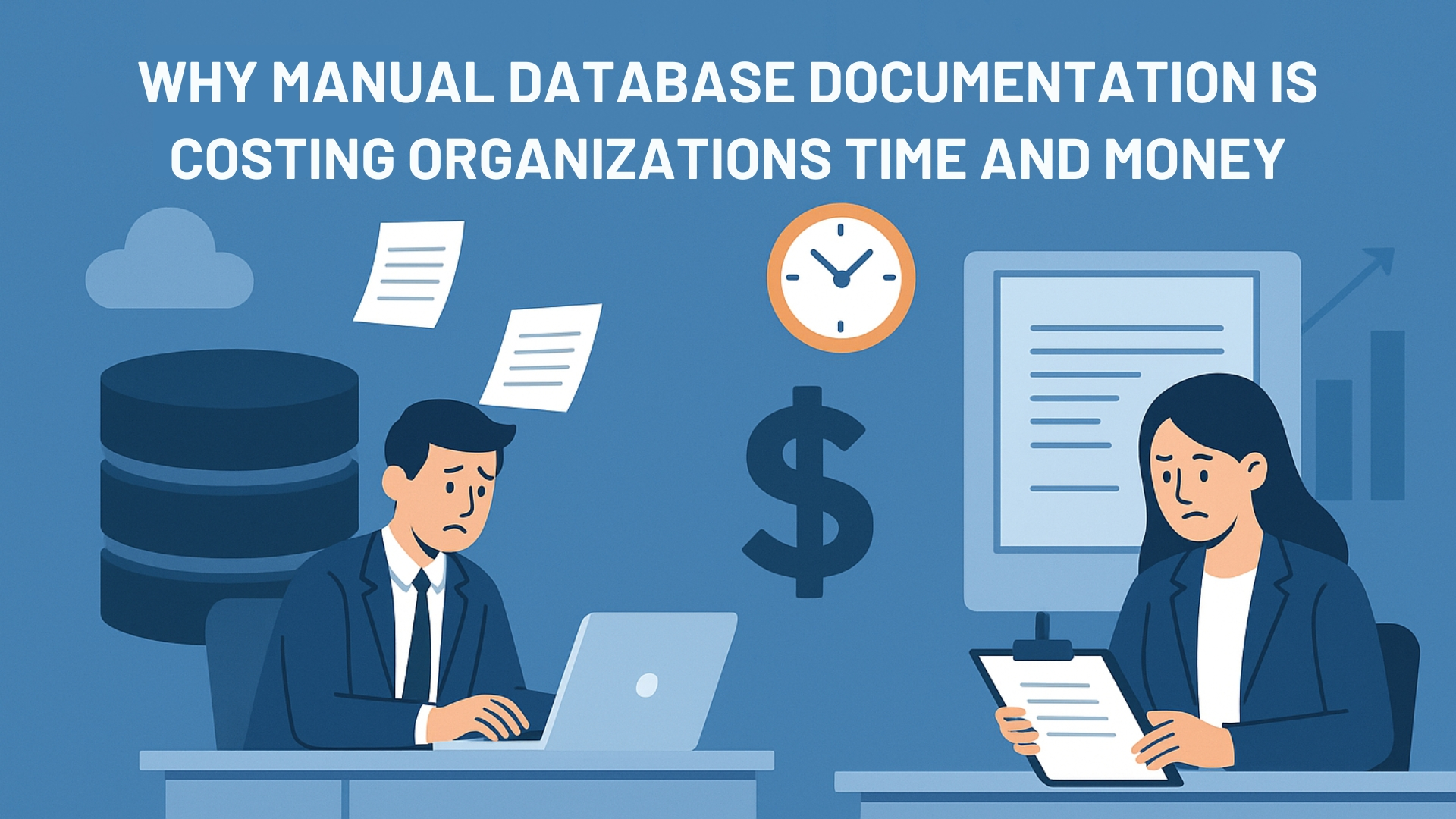Unlike traditional relational systems, today’s SQL Server deployments support hybrid infrastructures, cloud migrations, and enterprise reporting. Without documentation, organizations encounter:
- Fragmented visibility across instances and environments.
- Duplicate records that degrade data quality.
- Compliance blind spots, especially during audits that require evidence of data governance practices.
For industries like healthcare, finance, and enterprise IT, comprehensive technical documentation isn’t optional—it’s essential for growth and compliance.
How Poor Documentation Hurts Productivity in SQL Server
One of the biggest hidden costs of missing documentation is the productivity drain. Developers waste hours reverse-engineering undocumented schemas instead of building features.
Key issues include:
- Employee turnover: With an average turnover of 13.7% per year, critical knowledge leaves with employees, making onboarding new staff take weeks longer.
- Extended QA cycles: Poor documentation extends quality assurance efforts by 30–50%.
- Emergency fixes: Unplanned fixes for undocumented changes cost nearly 3x more than proactive maintenance.
Ultimately, undocumented systems slow project delivery and inflate costs across the enterprise.
Security and Compliance Risks Without SQL Server Documentation
In regulated industries, documentation is a compliance mandate, not a best practice. When database documentation best practices aren’t followed, enterprises face:
- Data breaches averaging $4.2M in costs.
- Up to 50% more security incidents in high–technical-debt SQL Server environments.
- Unclear access control and schema changes, creating hidden vulnerabilities.
For healthcare and finance, lack of documentation can lead to HIPAA, SOC 2, and GDPR violations, putting both reputation and revenue at risk.
Modern SQL Server Documentation Tools and Solutions
The good news: documenting SQL Server databases is easier than ever. Automated database documentation tools like DBInsights.ai provide enterprise-grade solutions that eliminate manual effort.
With DBInsights, enterprises can:
- Auto-generate up-to-date SQL Server documentation.
- Track schema changes to prevent schema drift.
- Centralize documentation for easy team access.
- Simplify compliance with auditable records.
- Improve collaboration between DBAs, developers, and business teams.
By embedding documentation into workflows, organizations can ensure systems evolve without losing traceability.
The ROI of SQL Server Documentation
Investing in documentation delivers measurable business impact:
- Teams release features 35% faster.
- QA costs drop significantly.
- Compliance audits become smoother and less resource-heavy.
More importantly, documentation strengthens enterprise data governance by ensuring:
- Traceable data lineage.
- Enforceable access controls.
- Consistent data quality.
Building a Documentation-First Culture
Technology alone won’t solve the problem. To maximize value, enterprises must embrace a documentation-first culture by:
- Embedding SQL Server documentation into change management.
- Assigning ownership for documentation updates.
- Training teams on how documentation reduces risks and saves time.
This cultural shift helps enterprises accelerate innovation, reduce costs, and improve compliance across all SQL Server operations.
Conclusion: Why DBInsights.ai Is the Missing Link
In today’s enterprise landscape, database documentation is not optional—it’s a strategic requirement. The cost of neglecting documentation—lost productivity, higher risks, compliance failures—far outweighs the investment.
With DBInsights.ai, enterprises can:
- Automate documentation for SQL Server environments.
- Prevent schema drift and technical debt.
- Strengthen compliance and security.
- Unlock developer productivity.
The missing link in enterprise data governance isn’t another analytics platform—it’s complete and reliable documentation. DBInsights.ai makes this possible by helping organizations build a scalable, compliant, and resilient SQL Server foundation.
FAQ’s
What is database documentation, and why is it important?
Database documentation is the process of recording schema structures, relationships, and business rules. It’s crucial for reducing technical debt, improving data quality, and ensuring compliance.
What are database documentation best practices?
Best practices include keeping documentation updated, automating schema tracking, assigning ownership for updates, and integrating documentation into change management.
What database documentation tools are best for SQL Server?
Tools like DBInsights.ai automate SQL Server documentation, prevent schema drift, centralize access, and support compliance audits.
How does documentation support enterprise data governance?
By ensuring traceability, enforceable access controls, and consistent data quality, documentation strengthens data governance and makes audits smoother.




